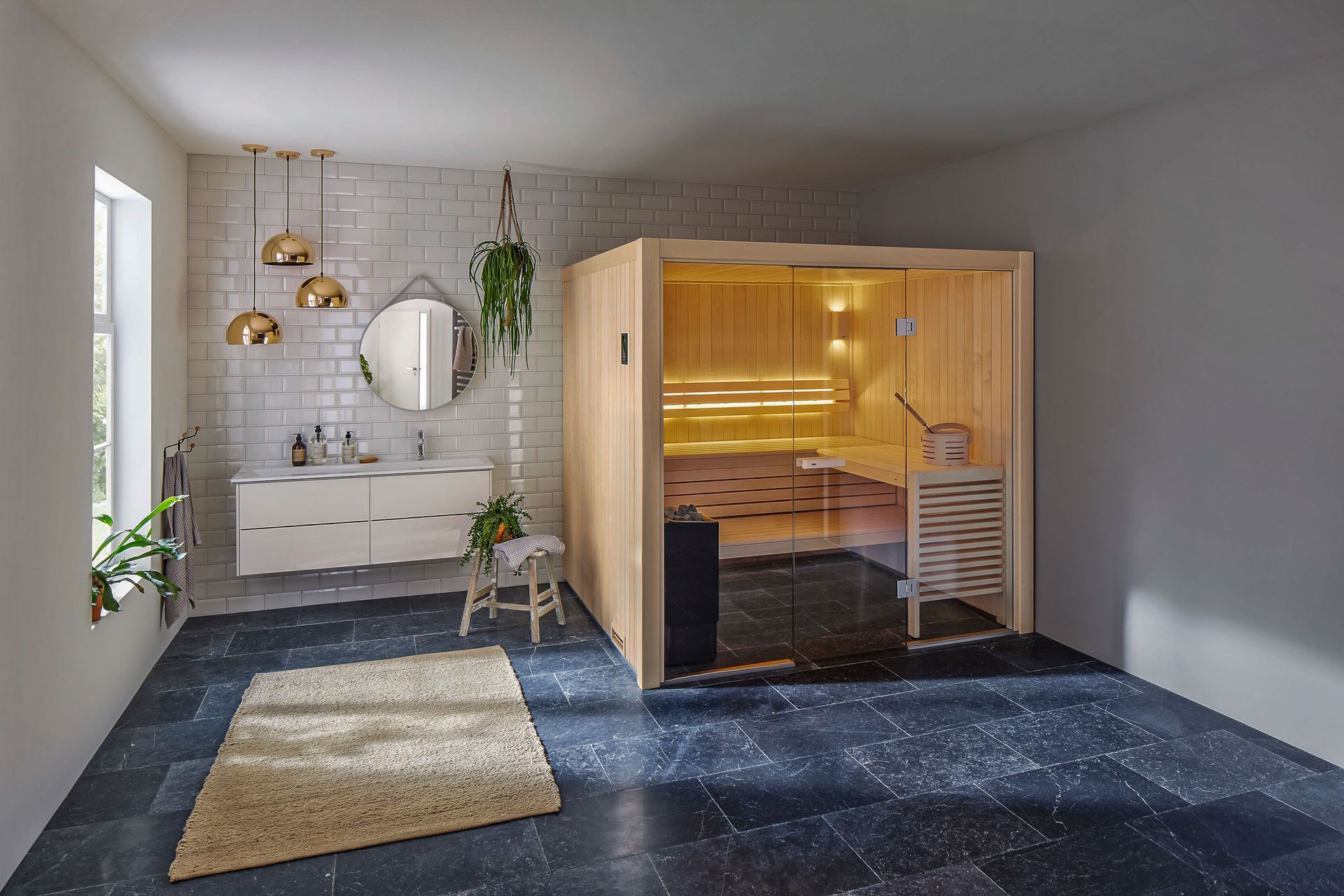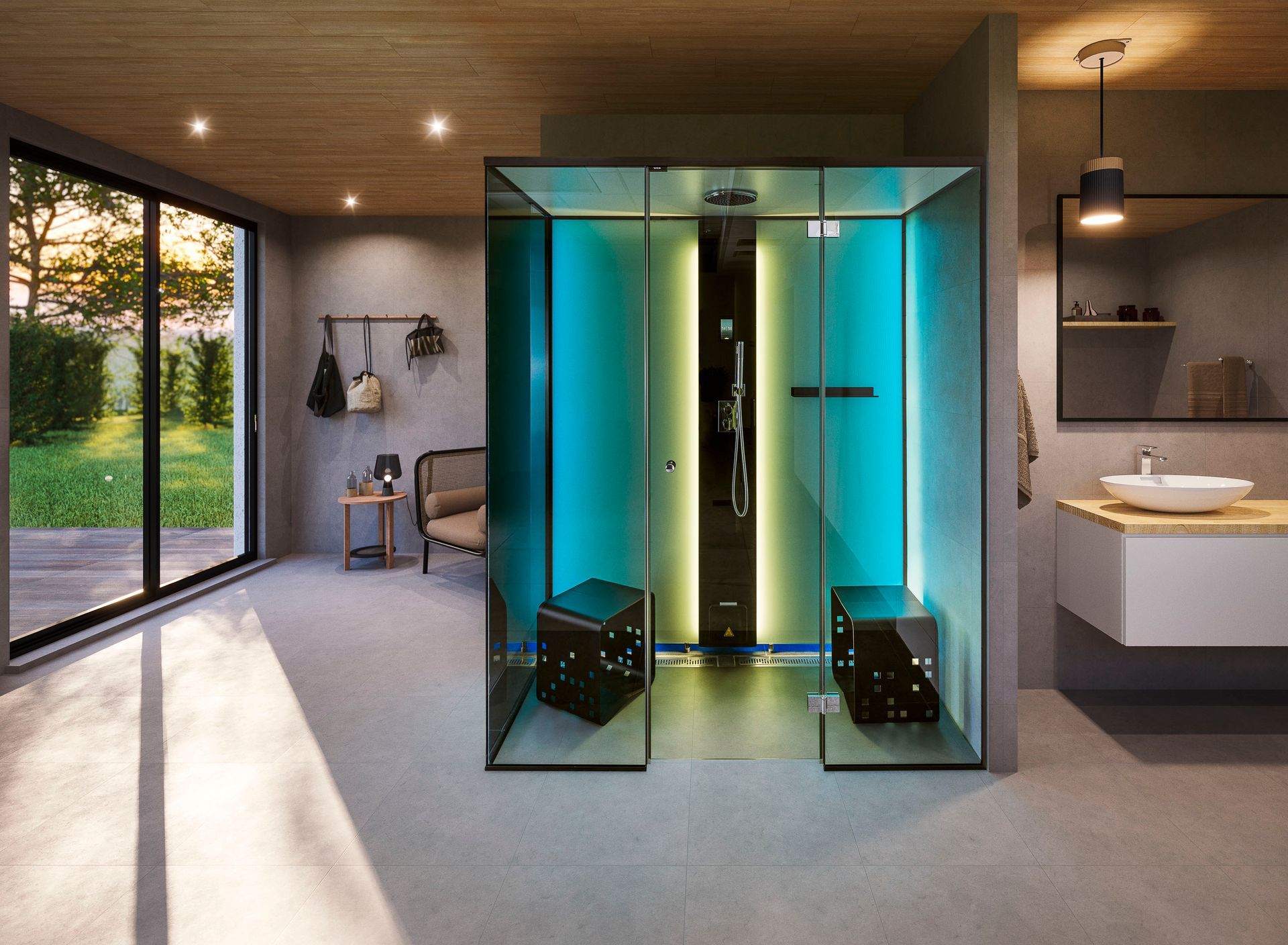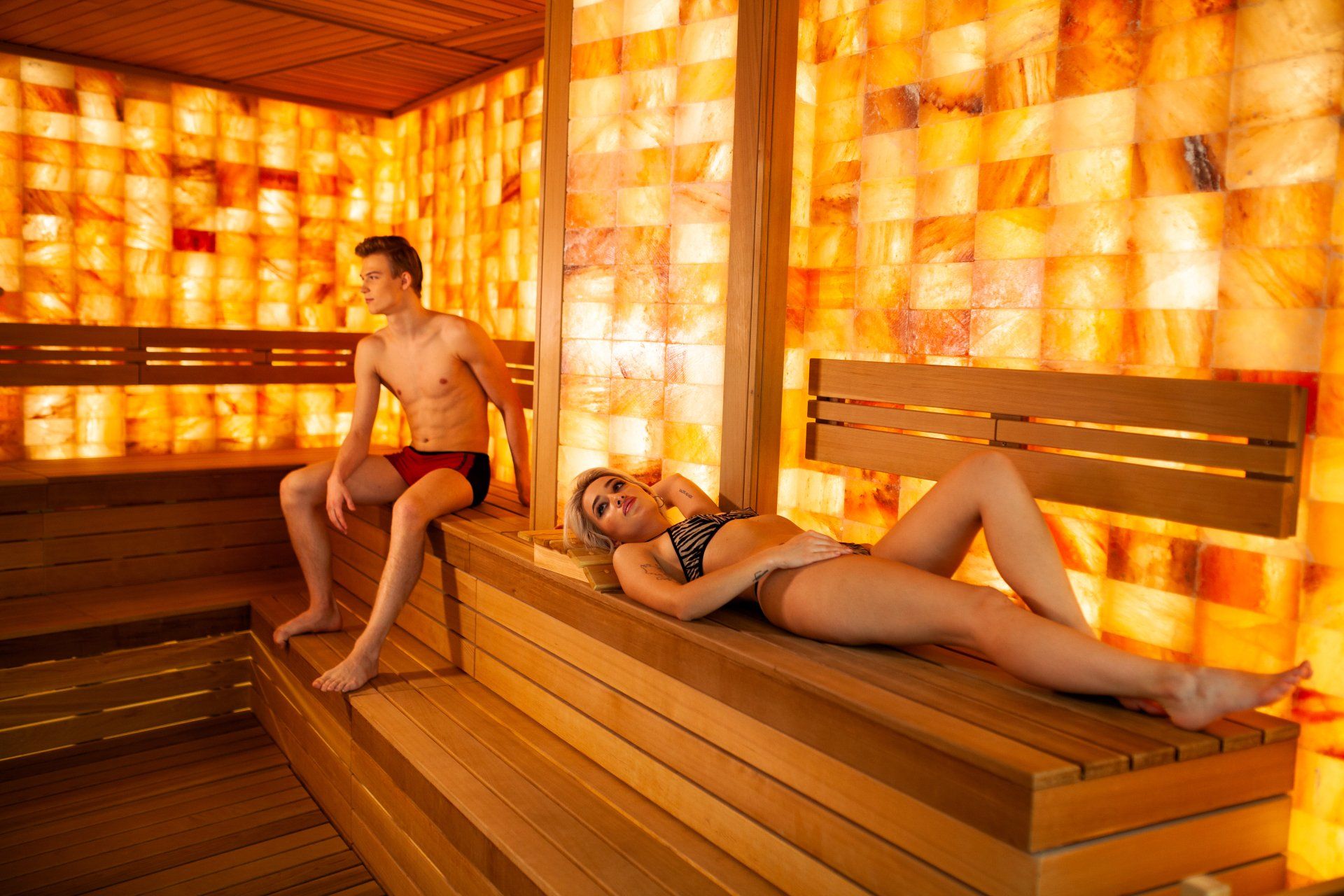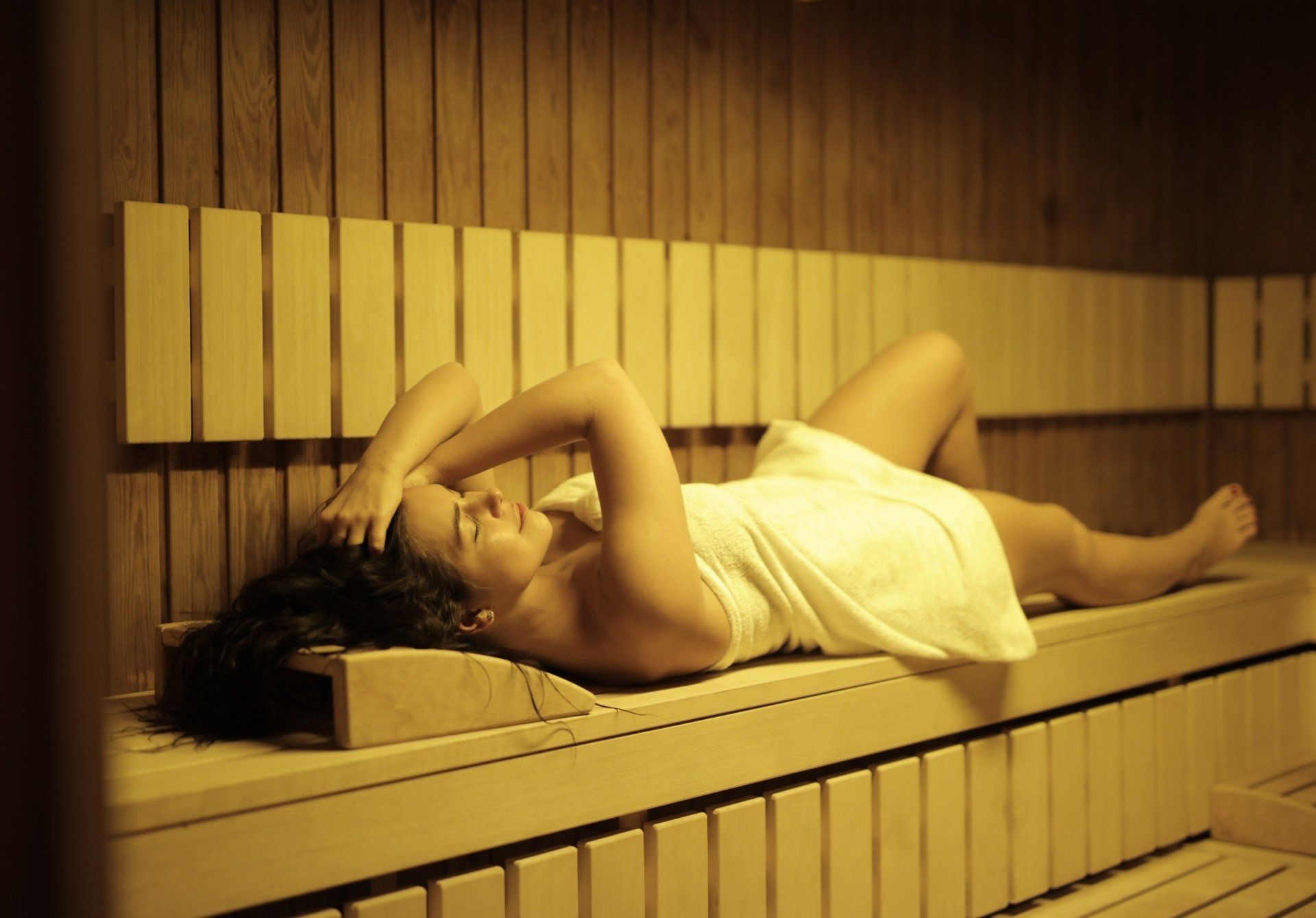Why Do People Not Wear Clothes In A Sauna?
Why do people not wear clothes in a sauna?

Stepping into a sauna, you may notice that many people prefer to go without clothes.
While this practice might seem unusual or even uncomfortable to some, it’s rooted in tradition, hygiene, and the practicalities of sauna use.
So, why do people not wear clothes in a sauna?
Let’s explore the cultural, hygienic, and physiological reasons behind this common practice.
The Cultural Roots of Sauna Etiquette
1. Scandinavian Traditions
How It Started- In countries like Finland, where the sauna culture originated, nudity is a natural part of the experience. It symbolises equality and respect for the body.
Why It Matters: Clothing is seen as a barrier to fully embracing the heat and the communal nature of traditional saunas.
2. Relaxation and Comfort
How It Helps- Going nude allows individuals to relax fully without the discomfort of sweaty or clingy clothes.
Example: Finnish sauna-goers often bring a towel to sit on but leave clothing behind to maximise comfort.
Hygiene Reasons for Avoiding Clothes in Saunas
1. Reducing Bacteria Build-Up
Why It’s Important- Clothes can trap sweat and bacteria, creating an environment for unpleasant odours and potential skin irritation.
Example- A Christchurch spa introduced towel-only policies to improve cleanliness and reduce maintenance efforts.
2. Preventing Contaminants
How It Works- Wearing clothes made of synthetic materials can release chemicals or fibres when exposed to high heat, affecting air quality inside the sauna.
3. Personal and Communal Cleanliness
Towels Are Key- Most saunas encourage the use of towels to sit on, ensuring that shared benches remain clean for everyone.
The Physiological Benefits of Going Nude
1. Enhanced Heat Exposure
How It Helps- Clothing can create insulation, preventing your body from evenly absorbing the sauna’s heat.
Why It Matters- Direct skin exposure allows for better sweating, enhancing detoxification and circulation.
2. Skin Health
Why It’s Better- Tight clothing can block pores, reducing the effectiveness of sweating and potentially leading to skin irritation.
When Is It Okay to Wear Clothes in a Sauna?
While nudity is common, certain situations may call for wearing minimal clothing:
1. Cultural Sensitivities
Where It Applies- In countries like the United States or New Zealand, some people prefer to wear swimsuits or lightweight attire due to modesty.
2. Mixed-Gender Saunas
What to Wear- A loose cotton towel or swimsuit may be acceptable to maintain comfort in mixed settings.
3. Gym or Spa Policies
Policy Variations- Some gyms or spas require swimwear or shorts for hygienic or cultural reasons.
Examples and Case Studies
Case Study 1- Traditional Finnish Sauna in Auckland
A sauna facility in Auckland introduced nude-only sessions on weekends to replicate the authentic Finnish experience. Guests reported feeling more relaxed and comfortable after adapting to the new etiquette.
Case Study 2- Spa in Wellington with Swimsuit Options
A Wellington spa allows swimsuits but encourages guests to use towels for hygiene. This hybrid approach accommodates both traditionalists and those new to sauna culture.
Case Study 3- Mixed-Gender Sauna in Christchurch
In Christchurch, a mixed-gender sauna implemented a towel-only rule to balance comfort and modesty.
Regulars found this approach maintained cleanliness while respecting personal boundaries.
Tips for Navigating Sauna Etiquette
1. Check Local Customs and Rules
Different countries and facilities have varying norms, so it’s essential to understand what’s expected.
2. Bring a Towel
Use it to sit on and wrap around yourself if you feel uncomfortable.
3. Stay Respectful
Avoid staring or making others feel self-conscious. Saunas are meant to be a relaxing, judgment-free zone.
4. Embrace the Experience
If you’re new to sauna culture, start with private sessions to build confidence in going nude.
Benefits of Following Traditional Sauna Etiquette
1. Improved Hygiene
Avoids the bacteria and sweat build-up associated with clothing.
2. Enhanced Sauna Benefits
Allows heat to reach your skin directly, improving circulation and detoxification.
3. Cultural Appreciation
Engaging in traditional practices can deepen your understanding and enjoyment of sauna culture.
Conclusion: Why Do People Not Wear Clothes in a Sauna?
People avoid wearing clothes in a sauna to enhance comfort, hygiene, and the overall experience.
While nudity might seem intimidating at first, it aligns with the traditional practices and health benefits of sauna use.
However, personal comfort and cultural norms should guide your approach.
Ready to try an authentic sauna experience?
Explore local sauna facilities or create your own sauna space at home with our expert guides and resources!







